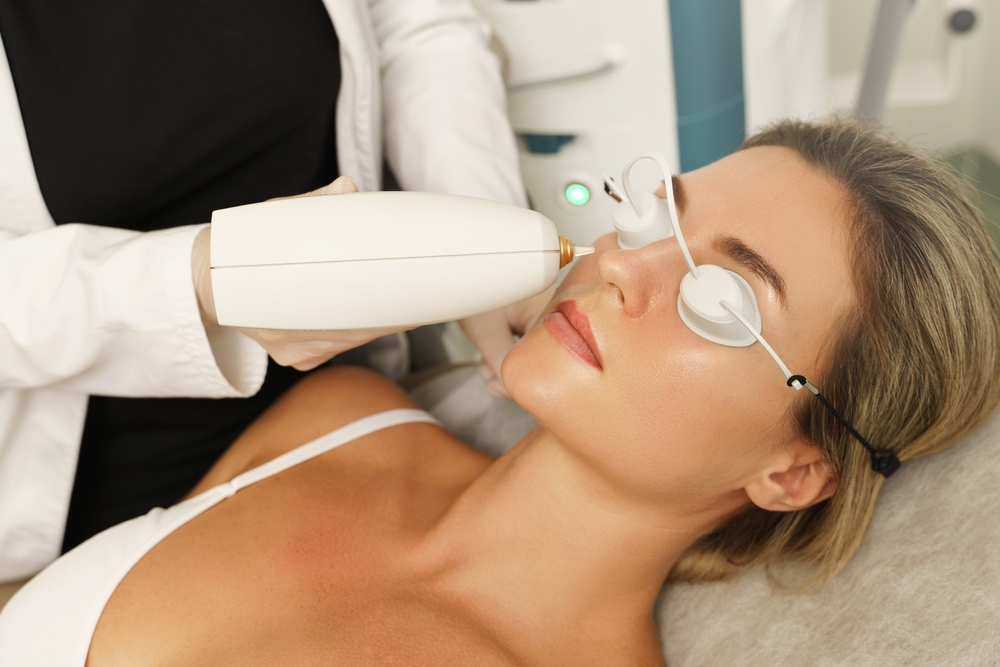
Dry eye is a common and often chronic condition that affects millions of people worldwide. It occurs when the eyes do not produce enough tears or when the tears evaporate too quickly, leading to discomfort, irritation, and even vision problems.
Understanding Dry Eye
Dry eye can be caused by a variety of factors, including age, hormonal changes, certain medications, environmental conditions, and underlying medical conditions. One of the most common causes of dry eye is meibomian gland dysfunction, which affects the oil-producing glands in the eyelids. This can lead to an imbalance in the tear film, causing the tears to evaporate too quickly.
Another common cause of dry eye is blepharitis, an inflammation of the eyelids. Blepharitis can lead to the production of poor-quality tears, further exacerbating the symptoms of dry eye.
The symptoms of dry eye can range from mild discomfort to severe pain and vision problems. Common symptoms include:
- Redness and irritation in the eyes
- Stinging, burning, or a gritty feeling in the eyes
- Sensitivity to light and wind
- Blurred vision
- Excessive tearing
- Difficulty wearing contact lenses
It's important to recognize these symptoms and seek medical attention, as untreated dry eye can lead to more serious complications, such as eye infections or corneal damage.
Traditional Treatments for Dry Eye
Traditionally, the treatment for dry eye has focused on addressing the underlying causes and symptoms. Some common traditional treatments include:
- Artificial tears: Over-the-counter eye drops that help to temporarily alleviate the symptoms of dry eye by providing additional moisture to the eyes.
- Prescription eye drops: Medications, such as anti-inflammatory drugs or immunosuppressants, that can help to reduce inflammation and improve tear production.
- Warm compresses and lid hygiene: Applying warm compresses to the eyes and gently cleaning the eyelids can help to unblock the meibomian glands and improve the quality of the tear film.
- Omega-3 fatty acid supplements: These supplements can help to reduce inflammation and improve the quality of the tear film.
While these traditional treatments can be effective for many patients, the field of dry eye management is rapidly evolving, with new and innovative therapies emerging to address this complex condition.
The Latest Advances in Dry Eye Treatment
One of the newest and most promising treatments for dry eye is Intense Pulsed Light (IPL) therapy. IPL is a non-invasive procedure that uses intense pulses of light to target and unblock the meibomian glands, improving the quality and quantity of the tear film. During an IPL treatment, a handheld device is placed against the skin near the eyes, delivering controlled pulses of light. This light energy helps to liquefy the blocked oils in the meibomian glands, allowing them to function more effectively and produce higher-quality tears.
Another innovative treatment for dry eye is BlephexÔ, a specialized device that helps to clean and exfoliate the eyelids. The BlephexÔ device uses a small, rotating micro-sponge to gently remove the buildup of bacteria, debris, and dead skin cells along the eyelid margins, which can contribute to blepharitis and dry eye. By addressing the underlying causes of dry eye, such as blepharitis and meibomian gland dysfunction, the BlephexÔ treatment can help to improve the overall health of the tear film and reduce the symptoms of dry eye.
For patients with severe or persistent dry eye, amniotic membranes have emerged as a promising treatment option. Amniotic membranes contain a variety of growth factors, anti-inflammatory agents, and other beneficial compounds that can help to promote healing and reduce inflammation in the eyes. This can help to alleviate the symptoms of severe dry eye, reduce the risk of corneal damage, and potentially improve long-term outcomes.
Finding the Right Dry Eye Treatment for You
Dry eye is a complex and often chronic condition, but with the latest advancements in treatment, there are more options than ever before to manage this frustrating problem. From Intense Pulsed Light therapy and BlephexÔ to the use of amniotic membranes, these innovative treatments are helping to address the underlying causes of dry eye and provide relief for patients.
If you're struggling with the symptoms of dry eye, schedule a consultation with Monroe Vision Associates. We can help you determine the underlying cause of your condition and develop a personalized treatment plan to alleviate your discomfort and improve your overall eye health. Contact us today to schedule an appointment and take the first step towards finding the right dry eye treatment for you. Visit our office in Monroe Township, New Jersey, or call (609) 604-6400 to book an appointment today.







